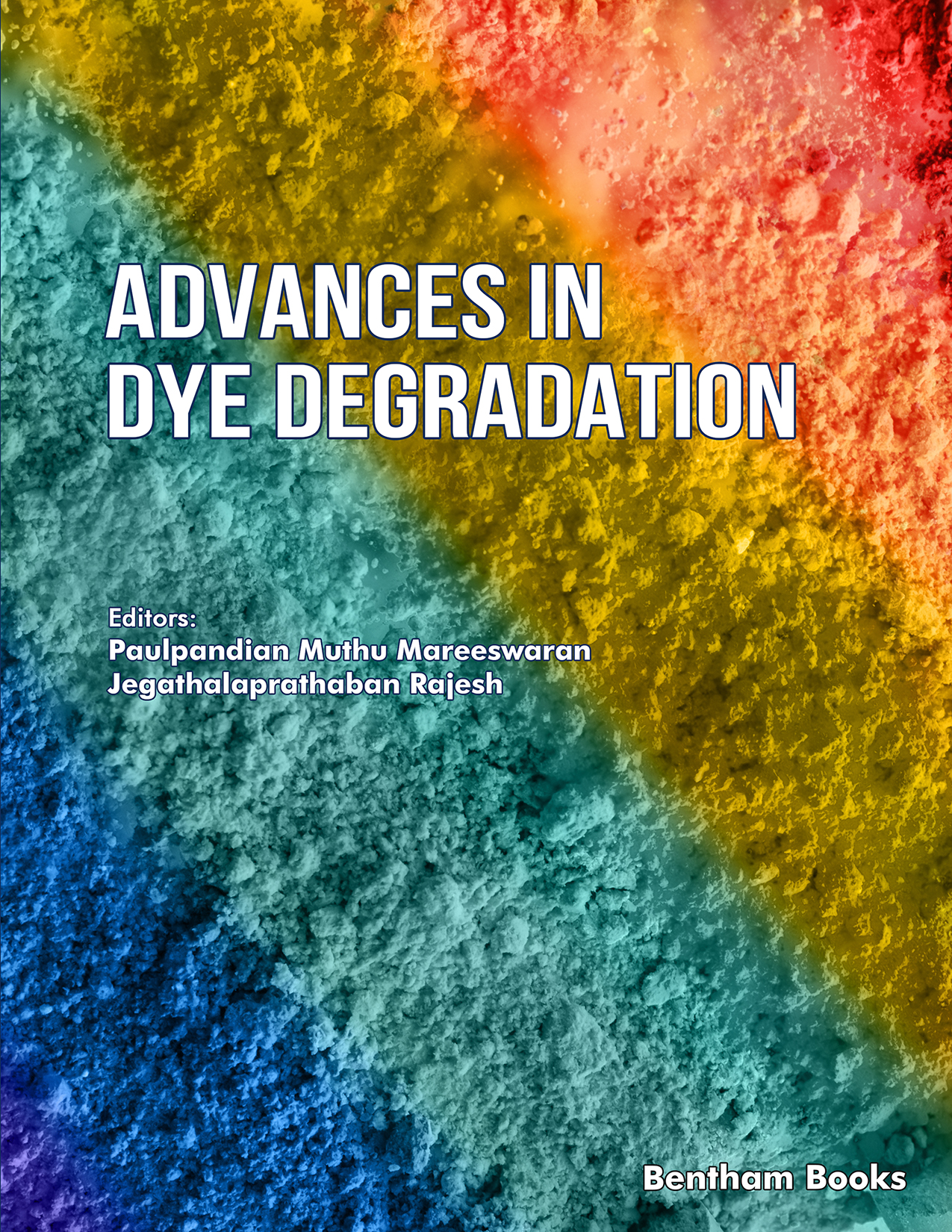Introduction
This series provides information on the nature of dyes, their harmful effects, and dye degrading techniques. The second volume focuses on sophisticated oxidation methods for dye degradation. The information on target-oriented dye mitigation is intended to give readers a better understanding of the dye degradation process to sustain a healthy environment. Chapters present referenced information and highlight novel industry breakthroughs.
Key topics:
- - The Fenton process for dye removal
- - MOF-based and graphene oxide photocatalysts for dye degradation
- - Novel photocatalysts active in visible light and IR spectra
- - Photocatalytic degradation of transition metal dichalcogenides
- - Environment friendly synthesis of photocatalysts for dye degradation
- - Metal oxide Nanomaterials for dye degradation
This volume is a comprehensive singular resource on photocatalytic dye degradation for researchers, apprentices and learners in chemistry and chemical engineering courses. It also serves as a reference for industry professionals who work with chemical dyes (for example in textile and plastic industries) and are engaged in the critical field of environmental remediation.
Readership
Scholars in chemistry and chemical engineering; professionals in manufacturing industries and environmental sustainability.

